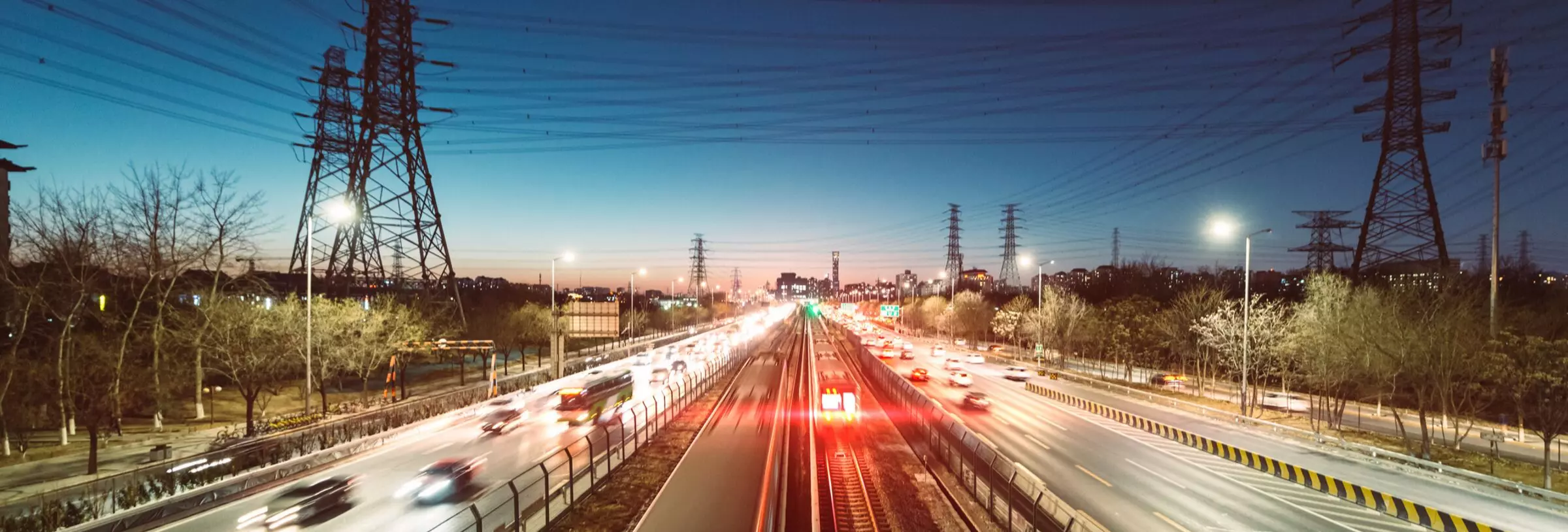
Since the California Supreme Court’s 2019 Oroville decision, which narrowed inverse condemnation liability for public agencies, several court decisions have followed suit. This week, the California Court of Appeal issued a published decision in Ruiz v. County of San Diego (2020 Cal. App. LEXIS 282), which further clarified and limited what constitutes a “public improvement” for purposes of inverse liability.
Background
In Ruiz, the plaintiffs’ home flooded because the bottom of an underground storm drain pipe on their property rusted away. The storm drain was installed by the developer of the residential subdivision, and the drainage system carried water from a variety of public and private properties. While the developer had offered to dedicate an easement to the County for the storm drain pipe, the County never accepted the offer.
After the flooding, the homeowners sued the County for inverse condemnation, and ultimately secured a judgment in their favor for $328,000, plus over $500,000 in attorneys’ fees and costs. The trial court held that the County’s continuing use of public water from the County’s drains and inlets to run through the owners’ storm drain pipe caused the pipe to deteriorate and fail, which in turn caused the flooding. The court further concluded that the County had implicitly accepted a drainage easement which required the County to maintain the pipe, and therefore inverse condemnation strict liability applied.
The Appeal
On appeal, the Court reversed the judgment in favor of the homeowners. The Court held that a privately owned storm drain pipe located on private property, which a public entity rejected after an offer of dedication, does not become a “public improvement” simply because “public water” drains through it. The Court explained that the County “did not design, construct, install, or maintain” the pipe. The Court further held that the County “does not own the pipe” since there is no public property interest until an offer of dedication has been accepted, and an implied acceptance does not occur unless the public agency undertakes official acts of control such as maintenance and repair work.
In other words, where a storm drain pipe is part of a public drainage system, that fact alone is insufficient evidence to support a finding that the public agency impliedly accepted an offer of dedication or otherwise converted the pipe into a public work; absent an easement or accepted dedication, liability is imposed on a public entity only when the public entity has exercised dominion and control over the private property.
The Court further explained that even if there were some potential liability, the County could only be held responsible for the portion of damage attributed to its conduct. Because it was undisputed that the County was not responsible for a significant amount of the drainage, but instead the water came from a variety of sources, and the plaintiffs failed to introduce any evidence upon which to apportion damages, the judgment must be reversed. In essence, the Court placed the burden on the plaintiffs to demonstrate the allocation of fault among various parties for assessing damages liability in an inverse condemnation action.
Because the inverse condemnation judgment was reversed, the award of attorneys’ fees and costs was also reversed.
Take-Aways
Ruiz serves as a helpful guideline for public agencies to narrow the definition of what constitutes a “public improvement” for purposes of inverse condemnation liability. It also serves as a caution, however, where public entities are involved in the planning, design or construction of a facility that may ultimately be owned by a private party or be located on private land.
The case also serves as a warning for property owners to ensure that offers of dedication are ultimately accepted by public agencies, and to understand and assess facilities crossing their property that may serve both public and private purposes.
- Partner
Brad Kuhn, chair of Nossaman's Eminent Domain & Inverse Condemnation Group, is a nationally-recognized leader in the areas of eminent domain/inverse condemnation, land use/zoning and other property and business disputes. Brad ...
Eminent Domain Report is a one-stop resource for everything new and noteworthy in eminent domain. We cover all aspects of eminent domain, including condemnation, inverse condemnation and regulatory takings. We also keep track of current cases, project announcements, budget issues, legislative reform efforts and report on all major eminent domain conferences and seminars in the United States.
Stay Connected
 RSS Feed
RSS Feed
Categories
- Administration
- Appraisal
- Arizona
- California
- CLIMATE CHANGE
- CONGRESS
- Construction
- Court Decisions
- Energy & Utilities
- Environmental Law
- EPA
- Events
- FAQs
- Goodwill
- GOVERNMENT ADMINISTRATION
- Inverse Condemnation & Regulatory Takings
- Land Use Planning
- Lawsuit
- New Legislation
- Possession
- Projects
- Public Agency Law
- Public Policy
- Publications
- Real Estate and Property Rights
- Redevelopment
- Regulatory Reform and Proposed Rules
- Right to Take
- Right-of-Way
- Seminars
- Speaking Engagements and Presentations
- Texas
- trial
- Valuation
- Videos
- Water
- Wildfire Management

